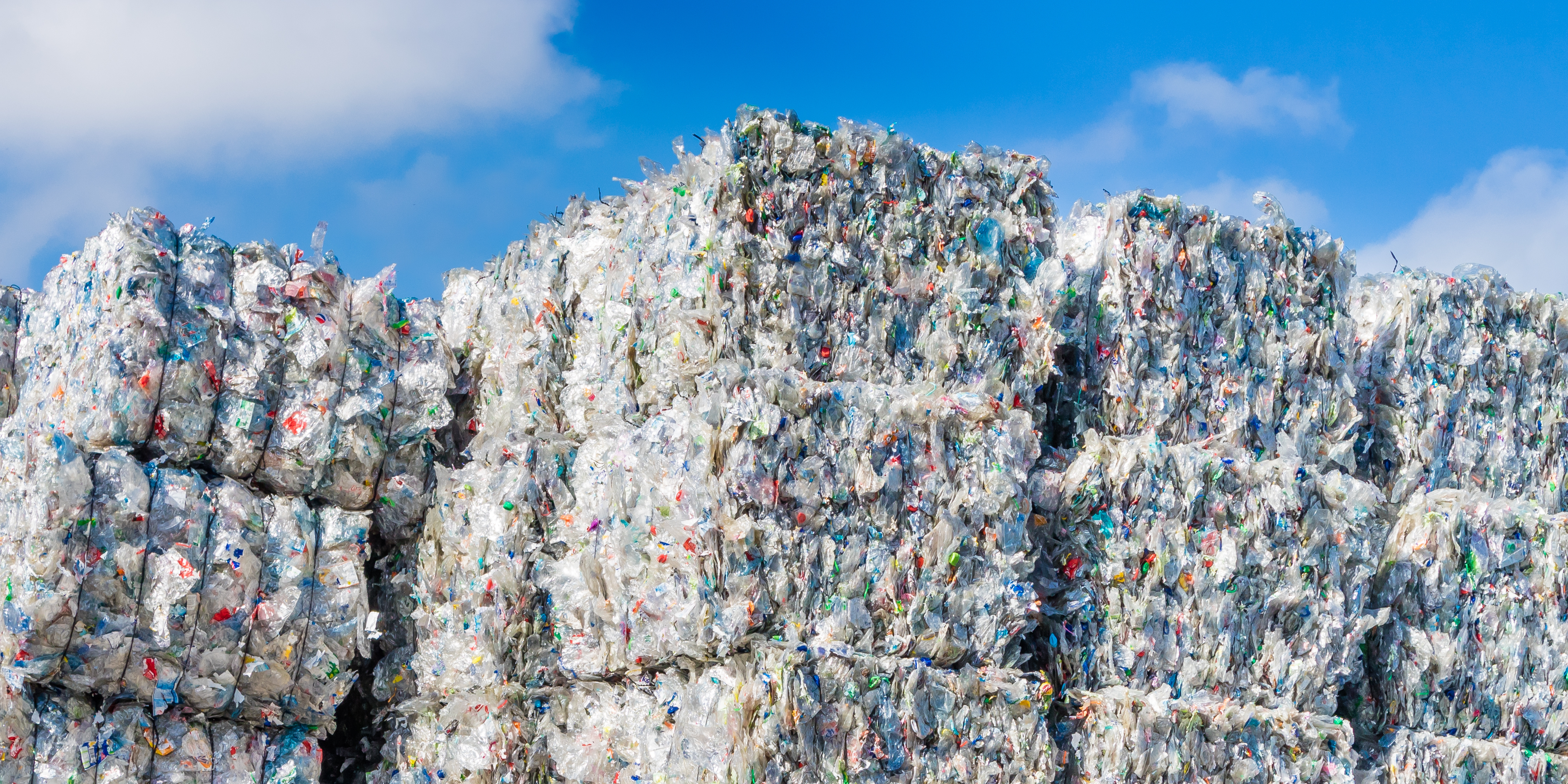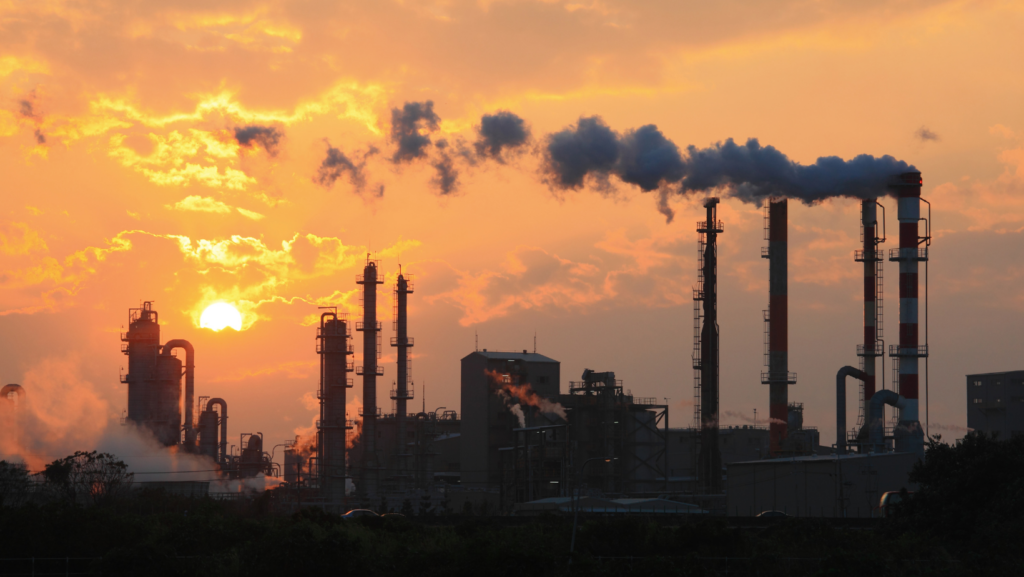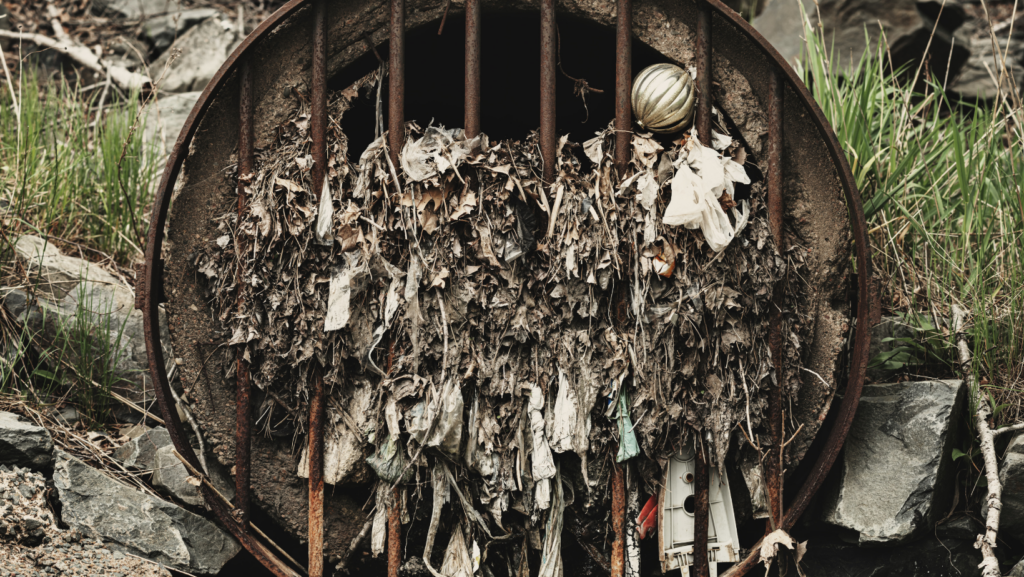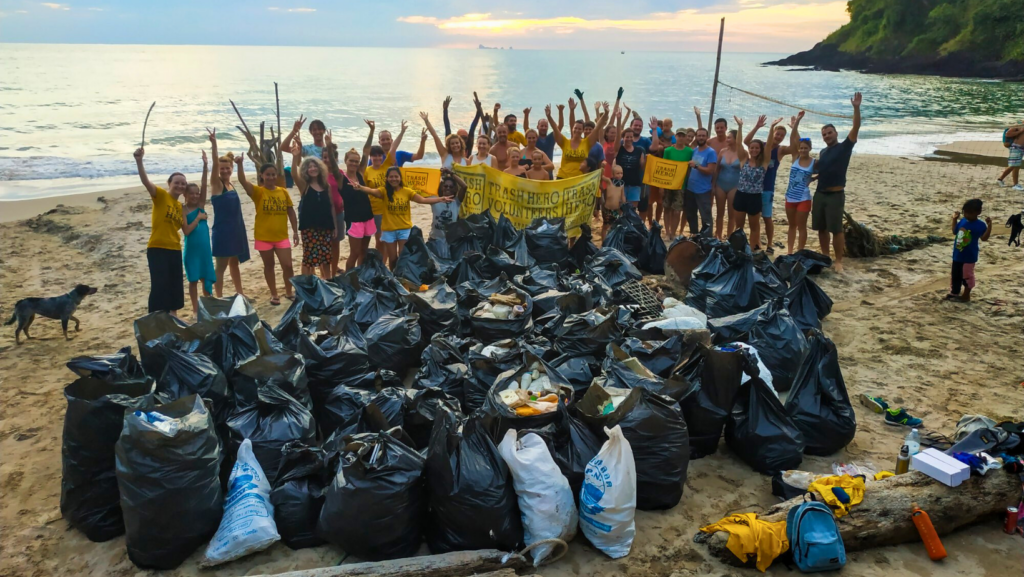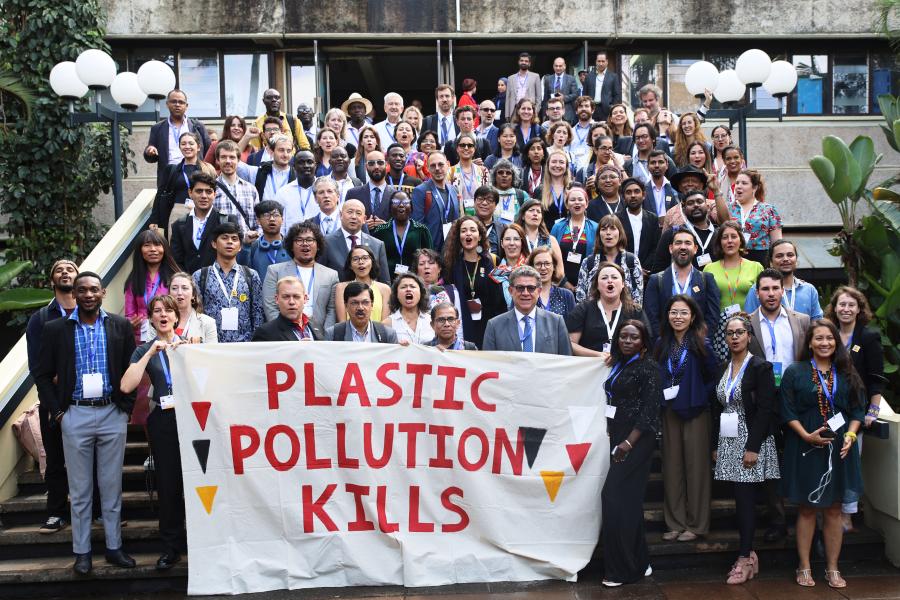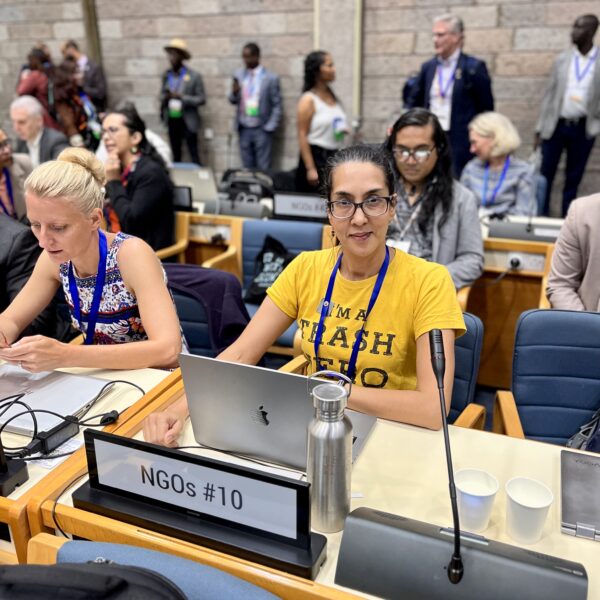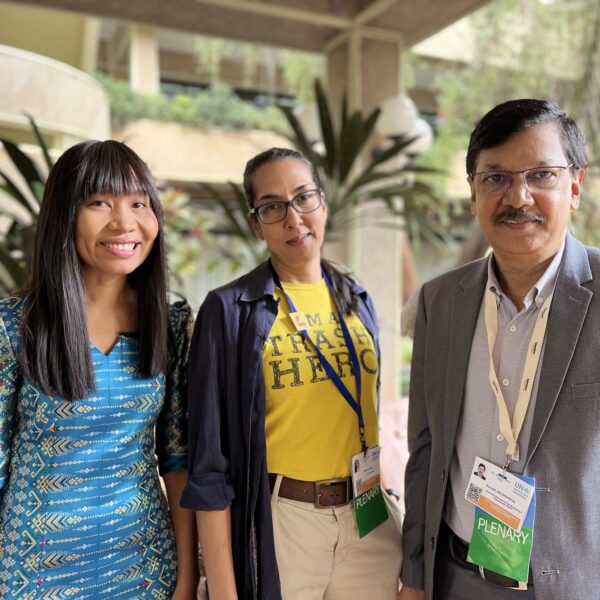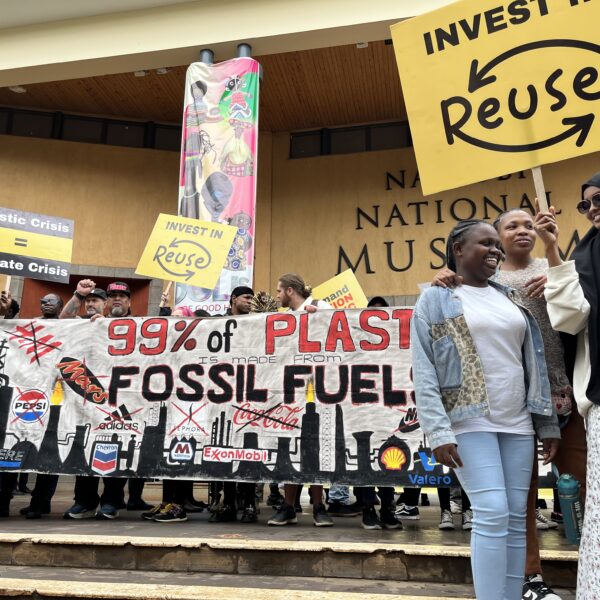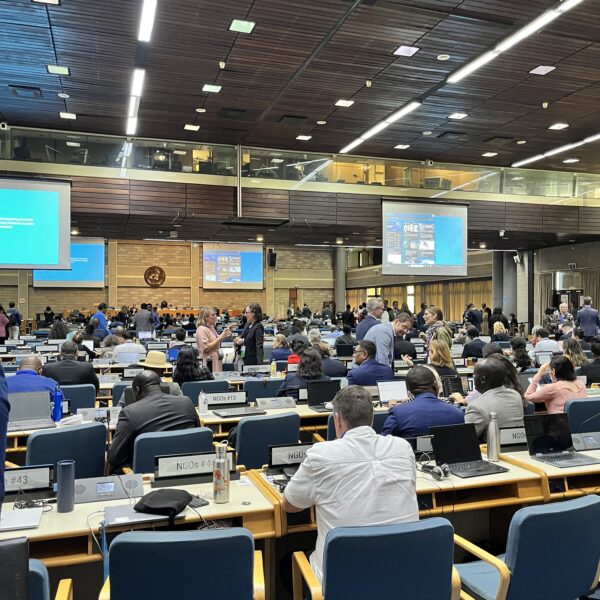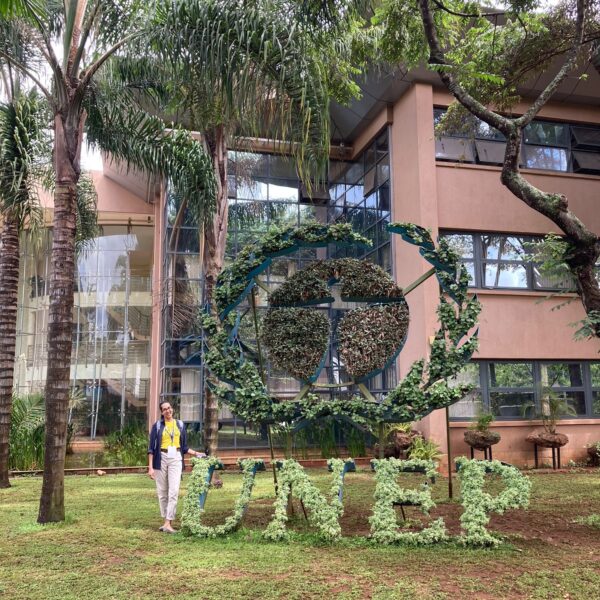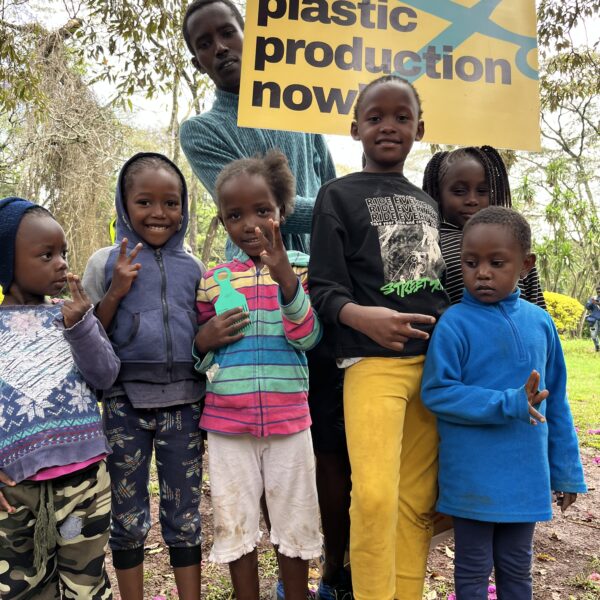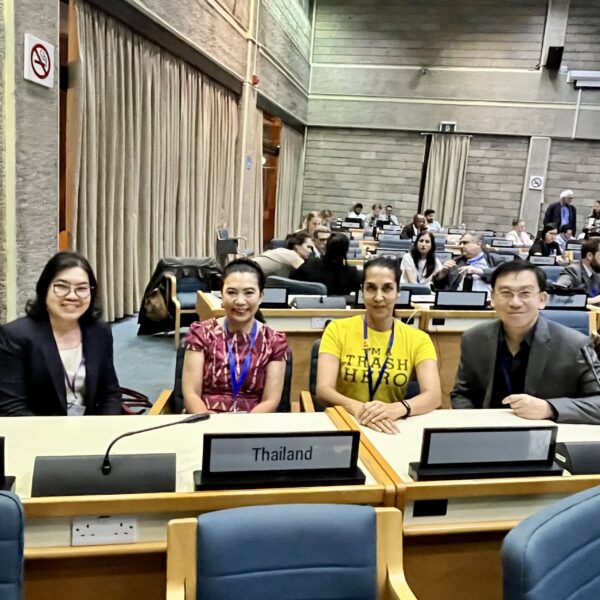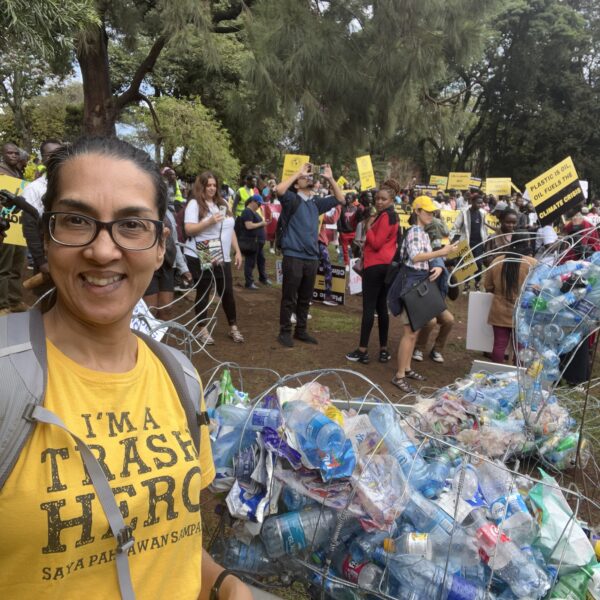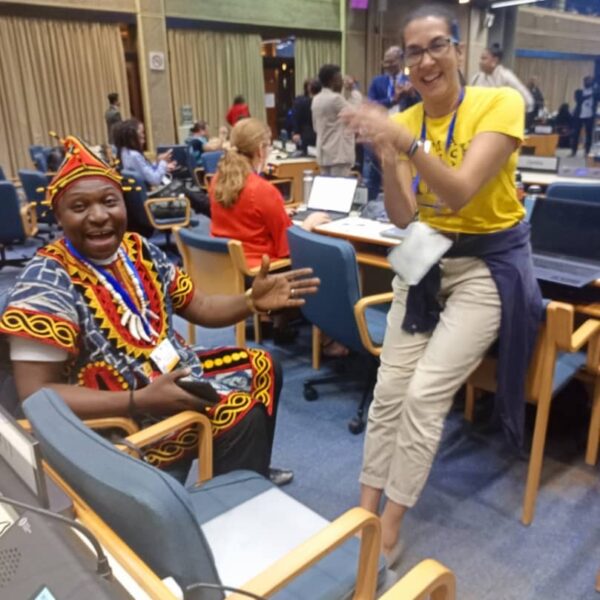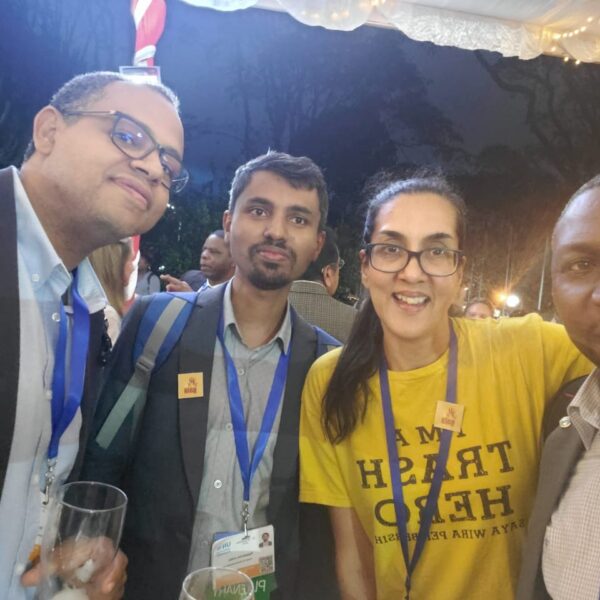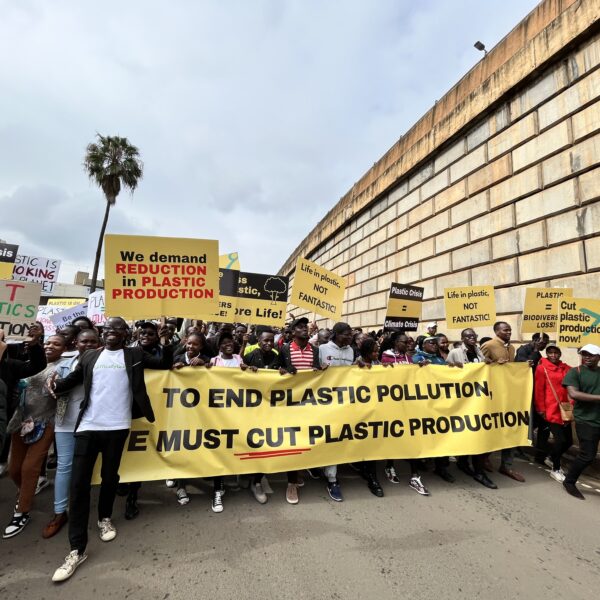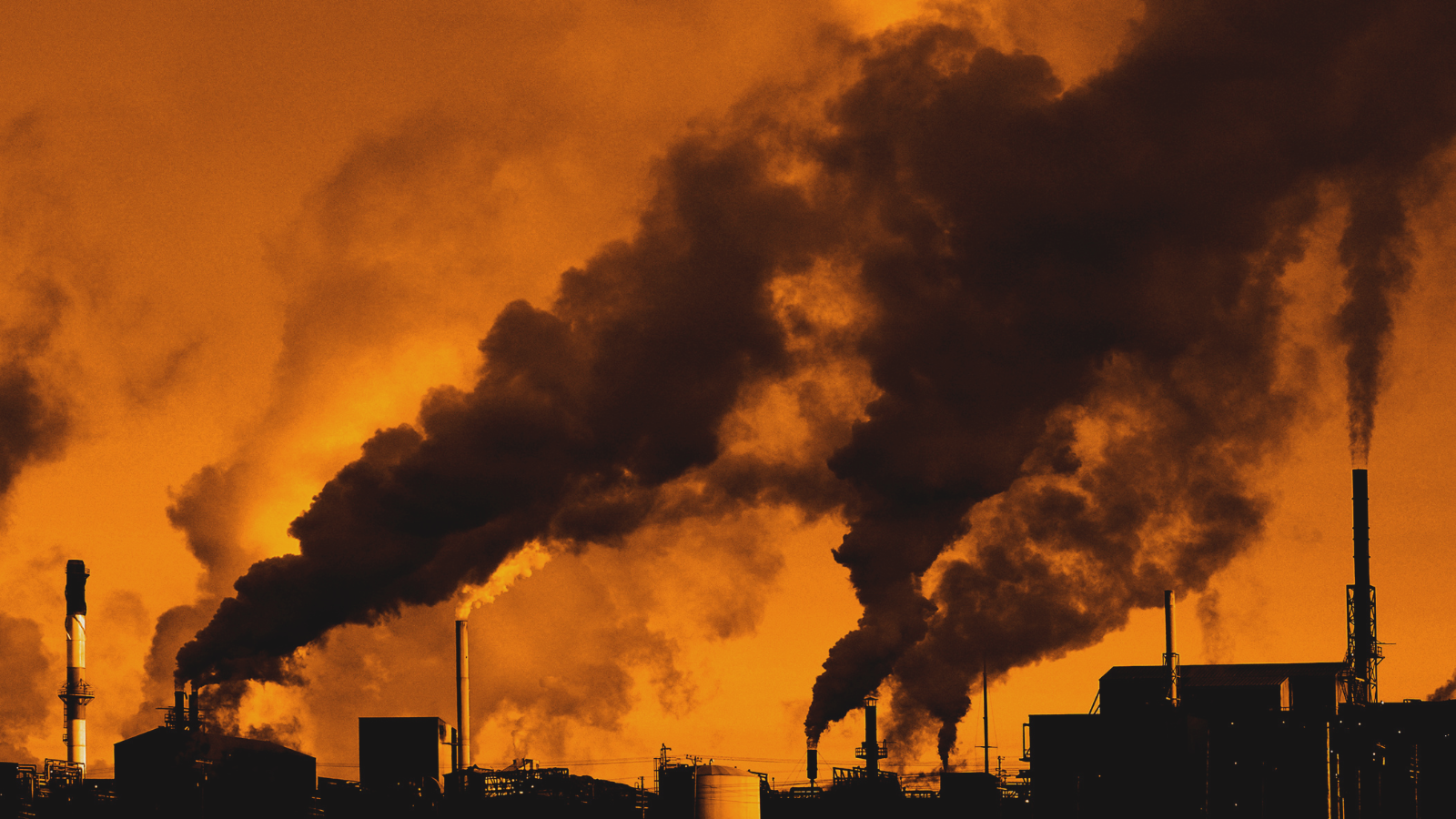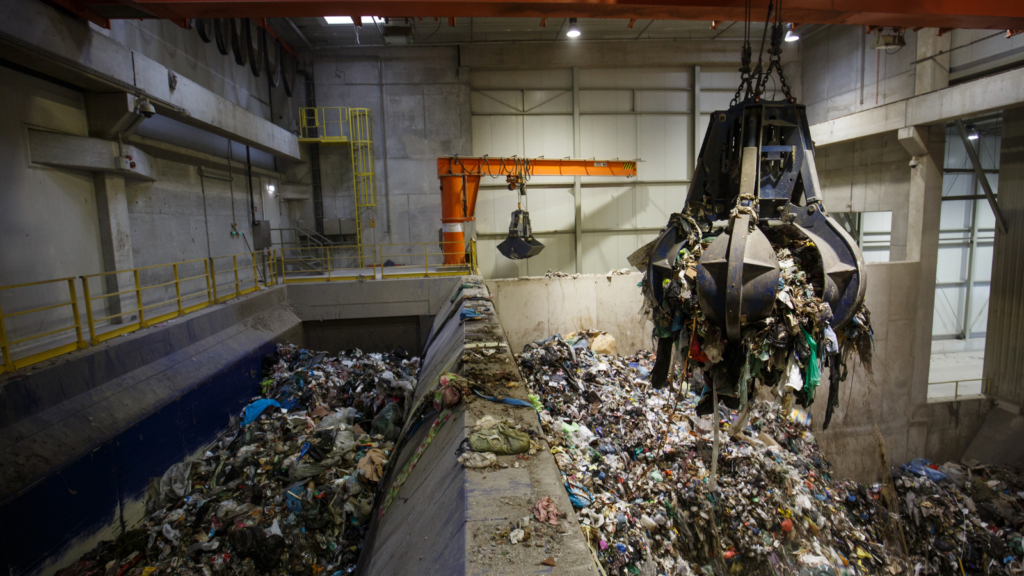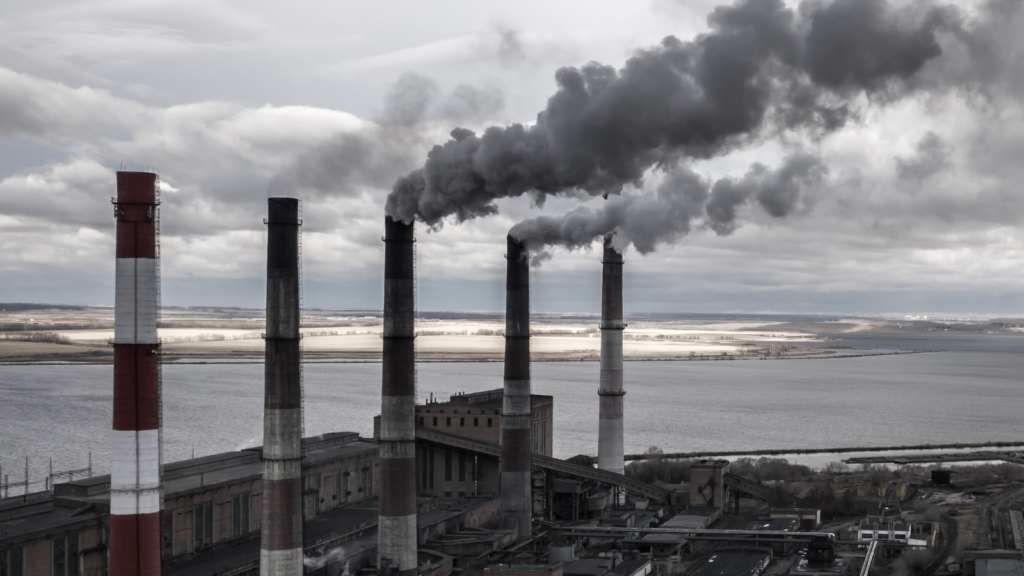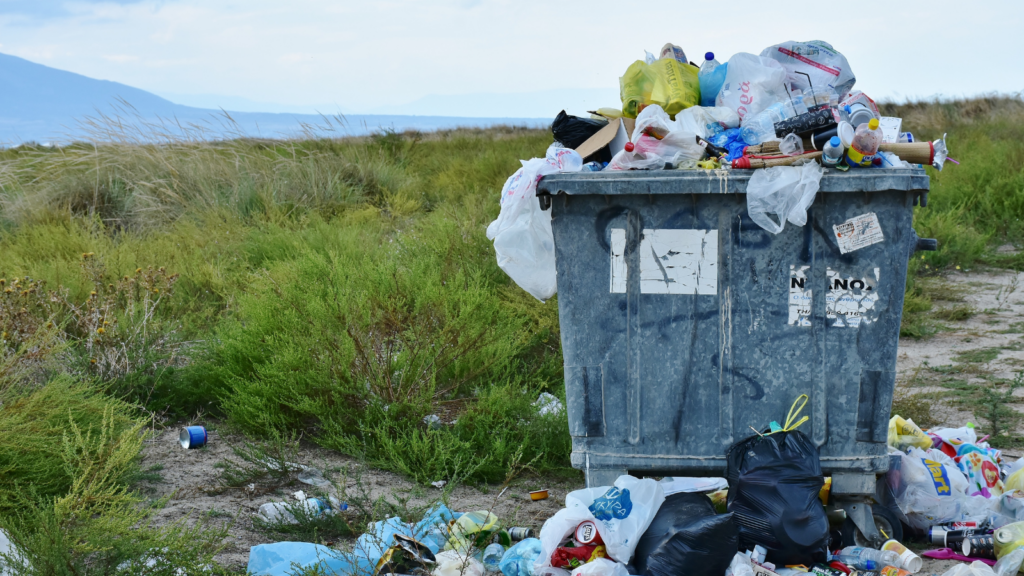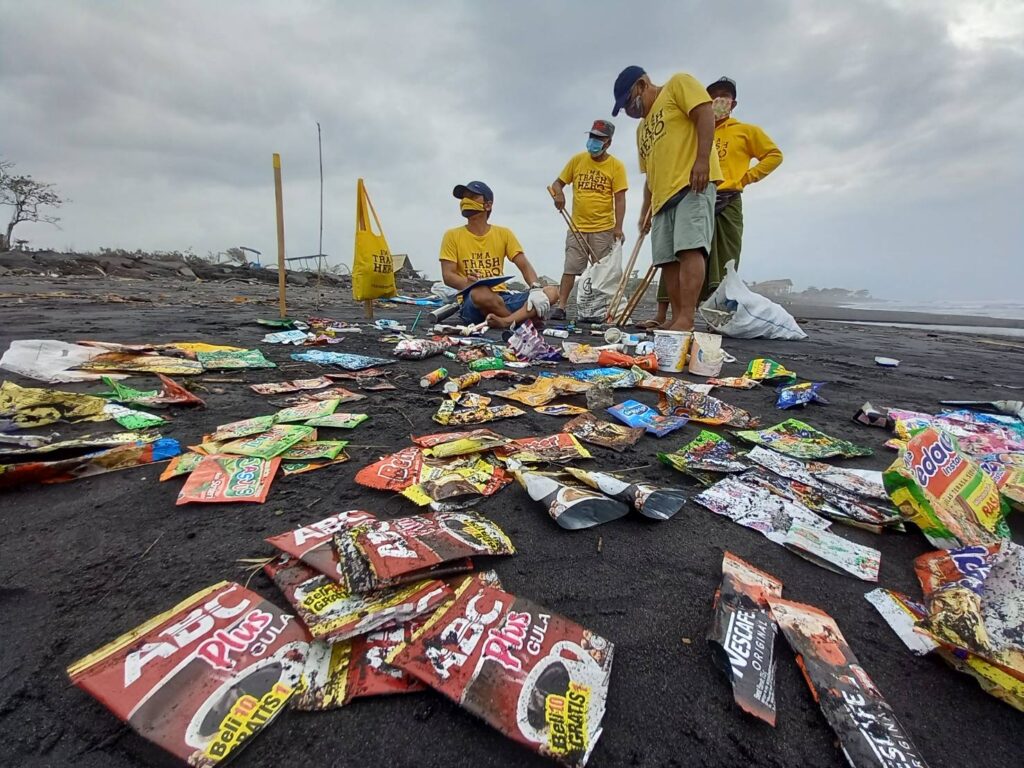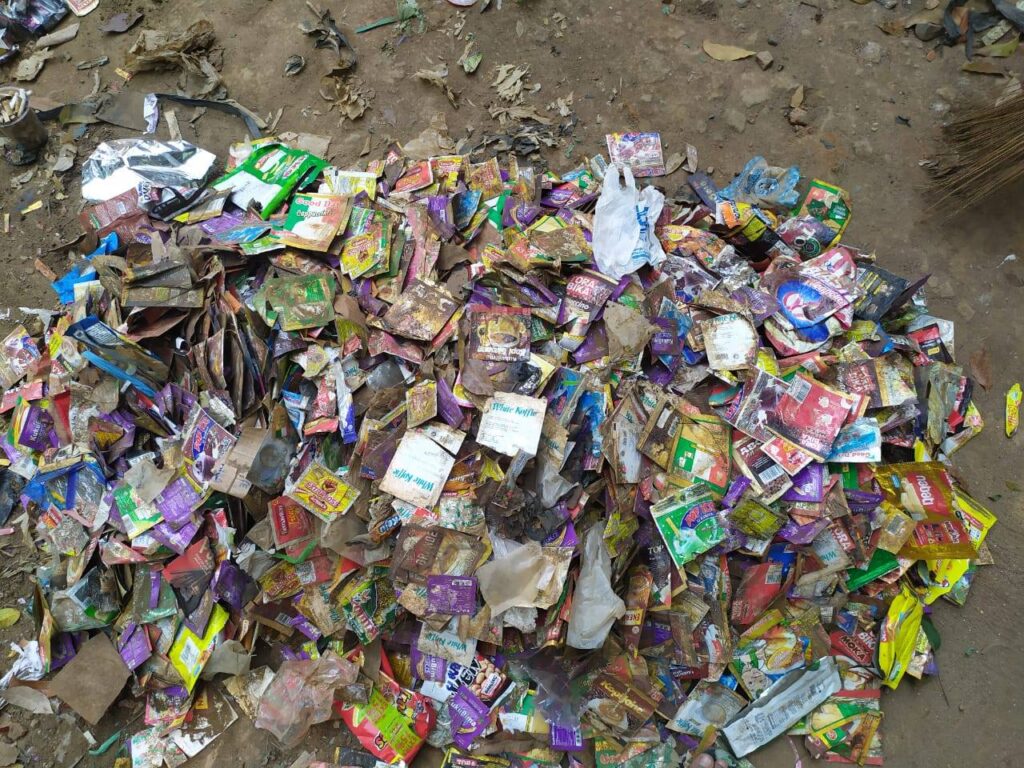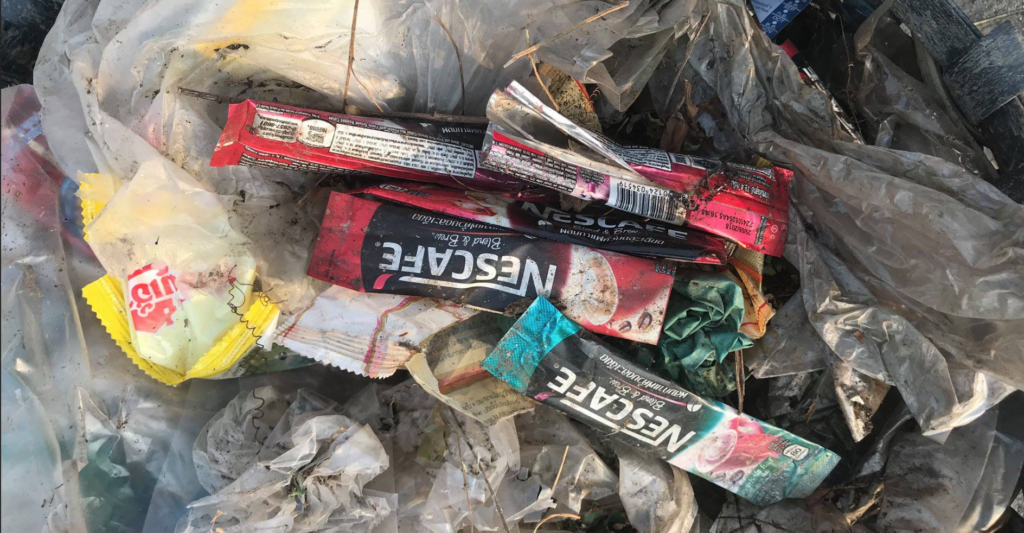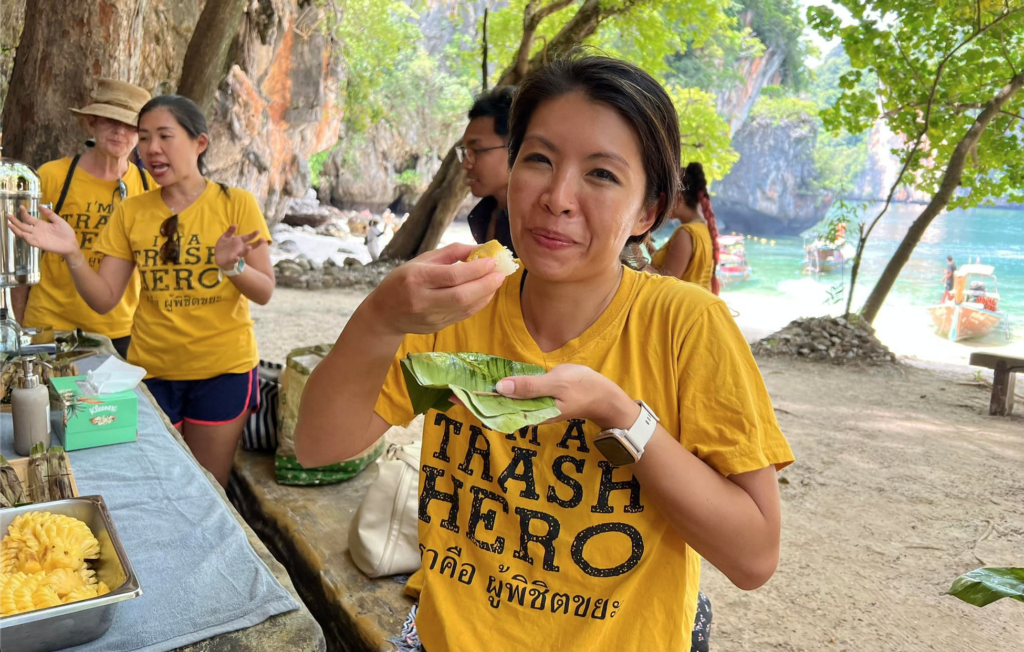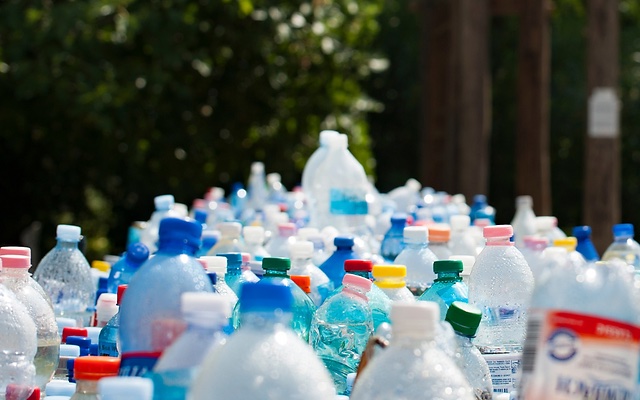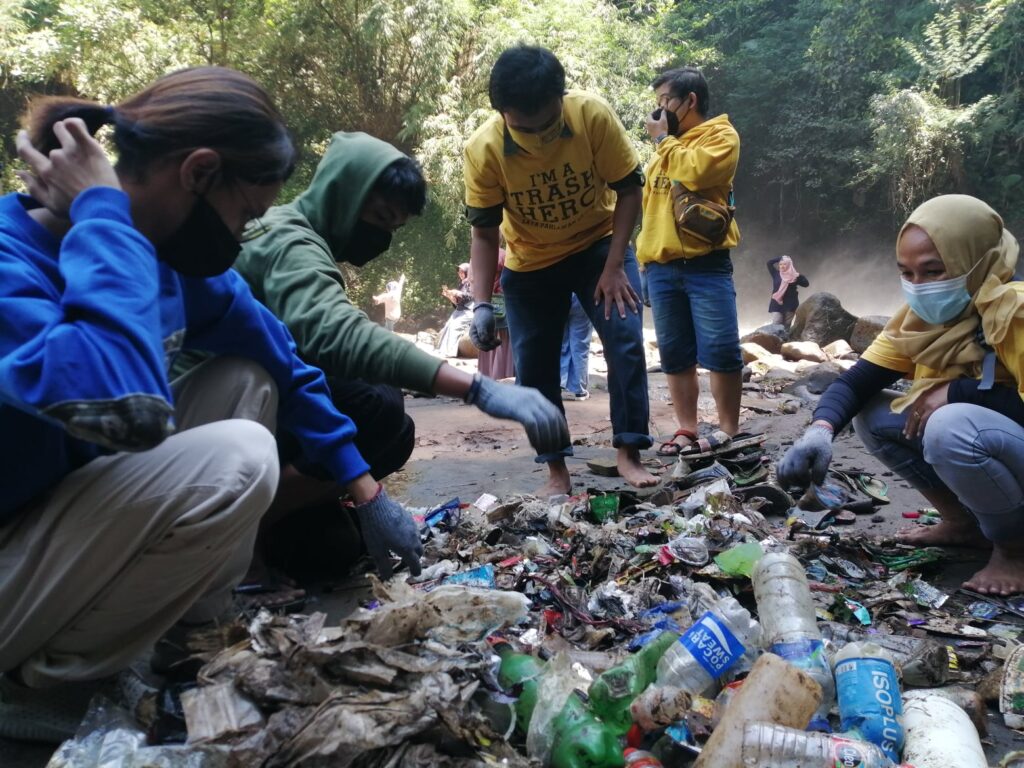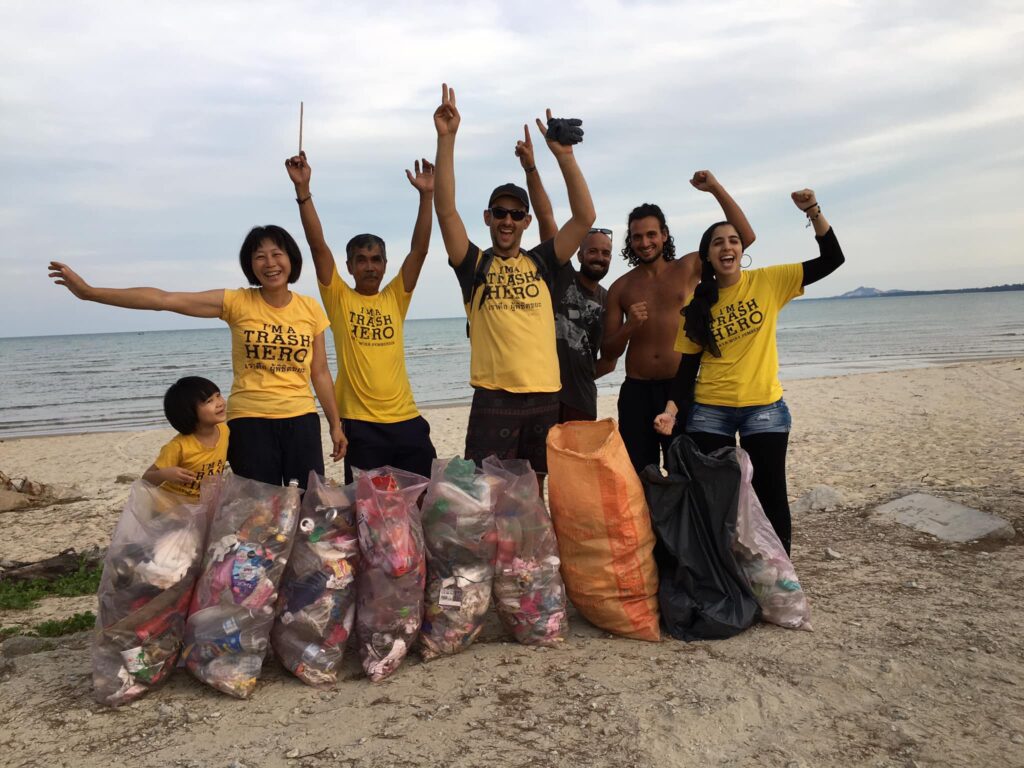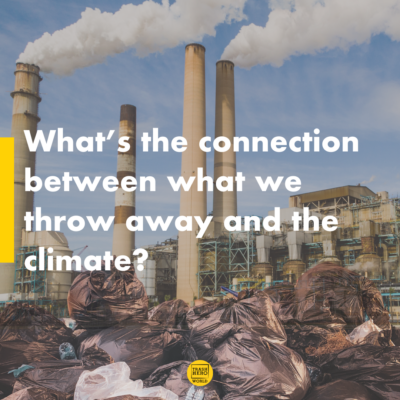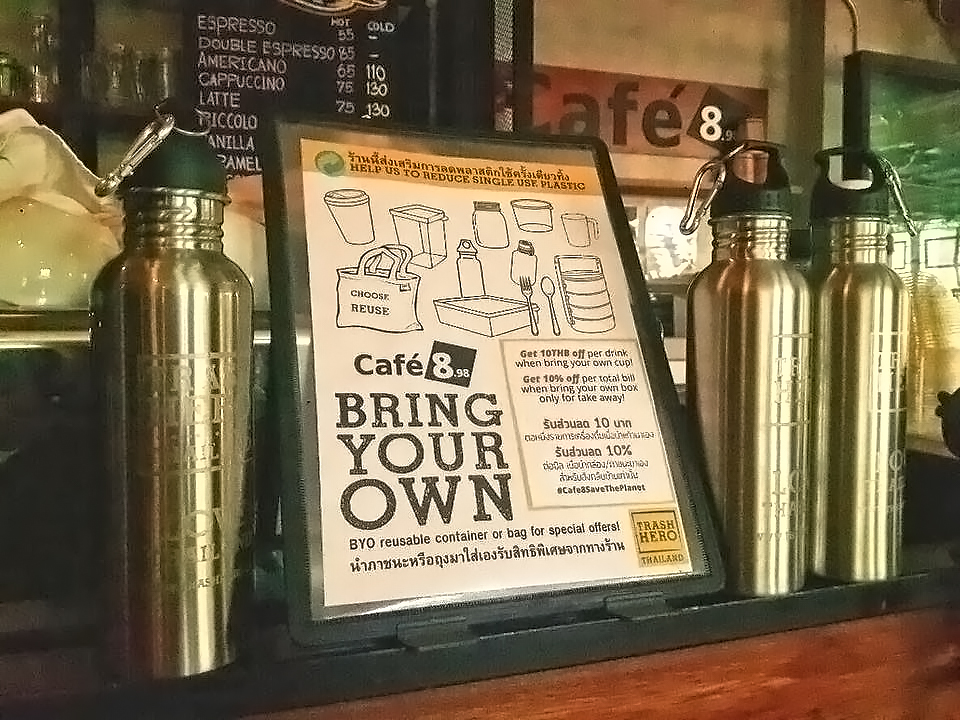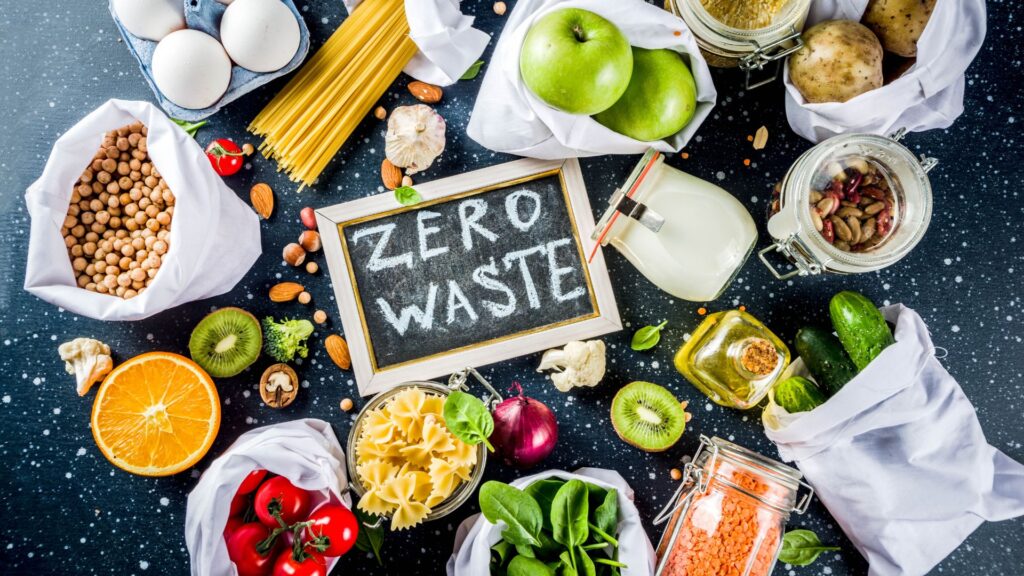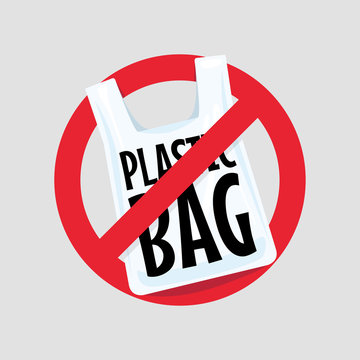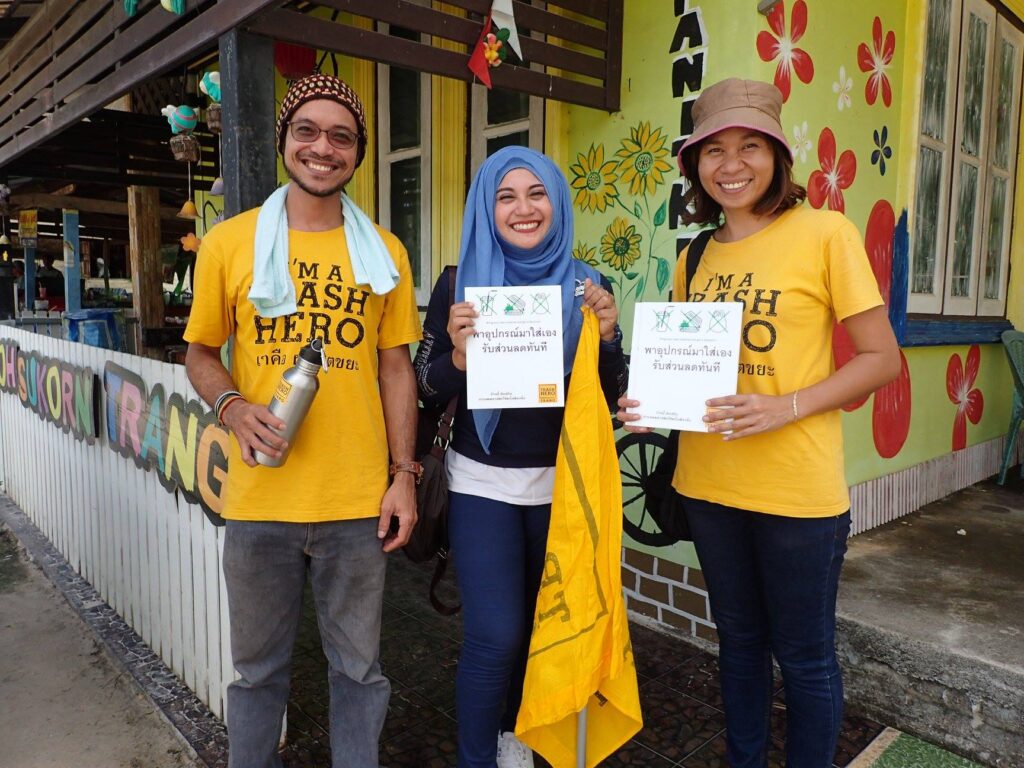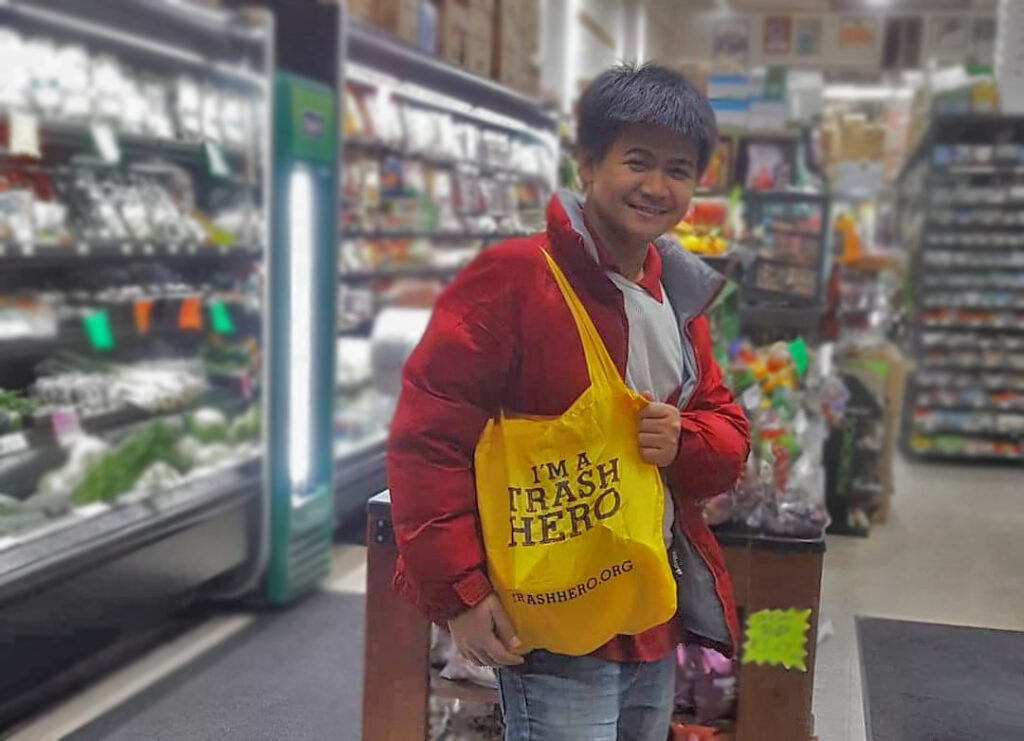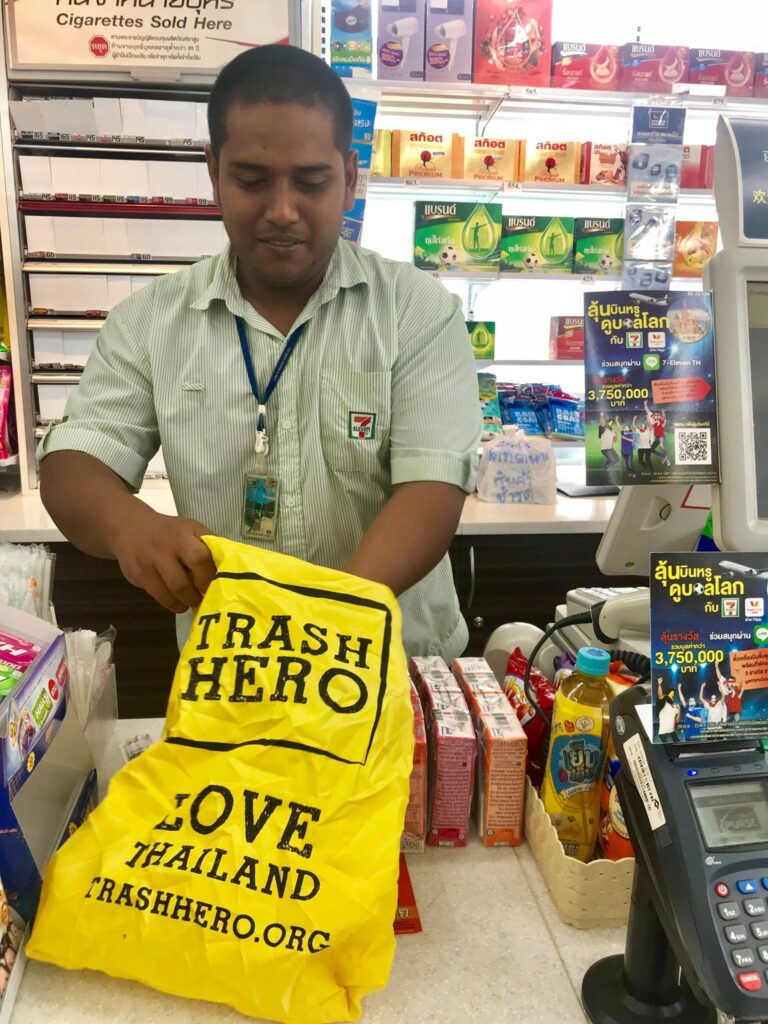For decades, the iconic recycling arrows on plastic lulled us into a false sense of security. We imagine a closed-loop system – plastic diligently sorted and reborn into new products. However, the reality of plastic recycling is far more complex, and the system itself is inefficient. Let’s find out why.

- Most plastic cannot be recycled – the arrows mean nothing.
Pick up any plastic packaging and it likely has some version of the recycling arrows on it. Understandably, most people think this means it can and will be recycled. But this is far from being the case. If there are numbers inside the arrows, it just shows the type of plastic used in the product. There are six main categories:
PET (#1)
HDPE (#2)
PVC (#3)
LDPE (#4)
PP (#5)
PS (#6)
Then there’s the catch-all #7 – “other” – for the thousands of plastic varieties that don’t fit the first six. The truth is only #1 PET and #2 HDPE plastics can be effectively recycled. So, the presence of arrows around the number is often misleading – as confirmed by the US Environment Protection Agency – and has led to a widespread and false belief that all plastics can somehow be recycled.
- Plastic can’t be recycled infinitely.
Another truth is that plastic was never designed to be recycled – its properties mean it always degrades after being shredded and melted down. While some materials, like glass and aluminium, can be recycled endlessly, plastic gets weaker each time it is reprocessed. This means most plastic is downcycled or used for a different purpose than the original one it was made for. For example, PET bottles often end up in clothing or carpets. These products cannot be recycled further and so will end up in landfills or incinerated at the end of their life, so they can’t be considered recycling in the traditional sense.
Around 2% of plastic can be recycled effectively, i.e. from a PET bottle to another PET bottle, but this usually requires the injection of some new virgin plastic to make it usable. Even in these cases, only one or a maximum of two extra “loops” can be added before it too becomes unusable and discarded.

- It’s difficult and expensive
The sheer variety of plastics now on the market, often with multiple layers of different materials, coatings and dyes, means sorting is a challenging, sometimes impossible task – both for the consumer and at the depot, where they are usually received mixed together. The presence of food and other contaminants adds another layer of difficulty. Many separated batches sent for processing must be thrown away entirely after finding contaminants or the wrong types of plastic mixed in.
The entire operation is so expensive and time-consuming that producing virgin plastic is still cheaper than recycling existing material. This leaves little incentive for companies to use it.
- Plastic recycling is not safe.
More than 16,000 chemicals have been identified in plastic. Only 6,000 of these have been evaluated, and 4,000 are considered potentially hazardous. Very little is known about their effects, especially when they get mixed together during recycling, creating new compounds.
Scientists are also concerned about cross-contamination. Dangerous chemicals such as flame retardants, found in e-waste, have been discovered in recycled plastic cooking utensils. These are a direct threat to our health as they come into contact with food but were never approved for this purpose.
The recycling process itself raises health concerns for workers. Grinding, shredding, and heating plastics release these harmful chemicals into the air, exposing workers through inhalation and skin contact. In many countries, there is a lack of regulation to protect these workers or provide proper healthcare to address the potential health impacts.
The process also creates microplastics, further polluting the environment for all, particularly “fenceline communities” residing near the recycling facilities.

- There’s too much plastic.
The core issue of plastic pollution remains – we’re producing it at an alarming rate, far exceeding our recycling capacity. This excess creates a new challenge: the global waste trade.
Wealthy nations in the Global North, unwilling to bear the inconvenience and expense of managing their waste, are systematically shipping it to developing countries in the Global South. This waste trade is well-documented and often involves third party importers who promise to recycle it but simply dump or openly burn what is received, often near people’s homes. It can also involve mislabeled containers that say “recyclables” but in fact contain contaminated, hazardous or mixed waste. Receiving countries do not have the capacity to check everything coming in, nor the infrastructure to handle it once it is there.
Should I stop recycling?
It is important to note that we are only talking about recycling plastics here: if it can’t be reused, recycling glass, paper, metal and food (compost) is effective and essential.
And recycling plastic shouldn’t be abandoned entirely. Any #1 and #2 plastics we can’t avoid should still be cleaned and put in the recycling bin.
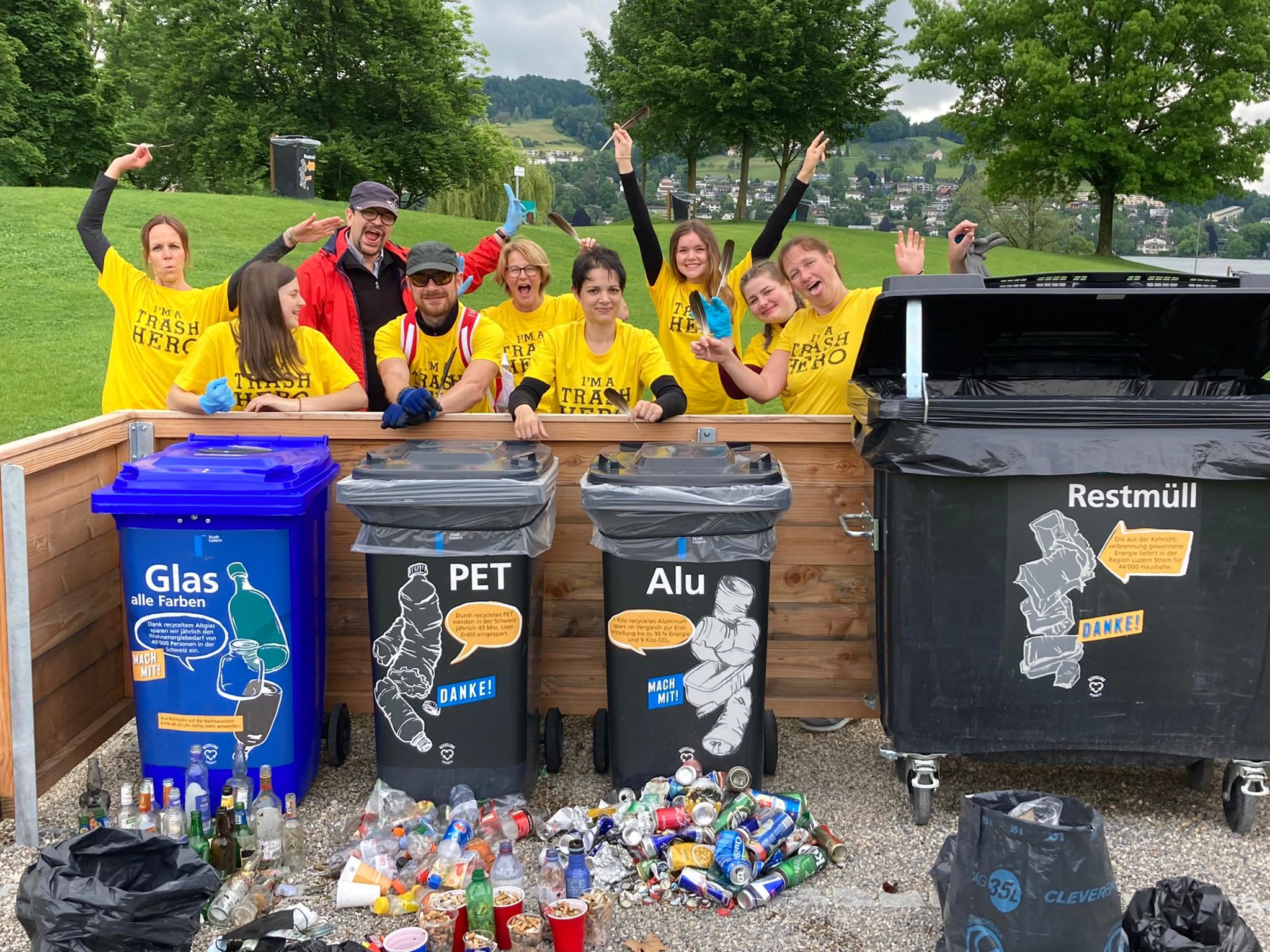
Here are some steps we can take to tackle plastic pollution effectively:
- Reduce: The golden rule of zero waste – create less! Minimise single-use plastics and ensure products are made with minimal, reusable packaging.
- Redesign: Manufacturers need to design products with reuse and eventual recyclability in mind. Crucial steps include using standardised, simple plastics with safe and transparent ingredients and packaging that is easy to identify and separate.
- Responsibility: Build reduce and redesign into Extended Producer Responsibility (EPR) policies to hold manufacturers accountable for the impacts and external costs of the waste they produce.
To learn more about how to reduce plastic pollution effectively, why not head to our learning archive?
read more
